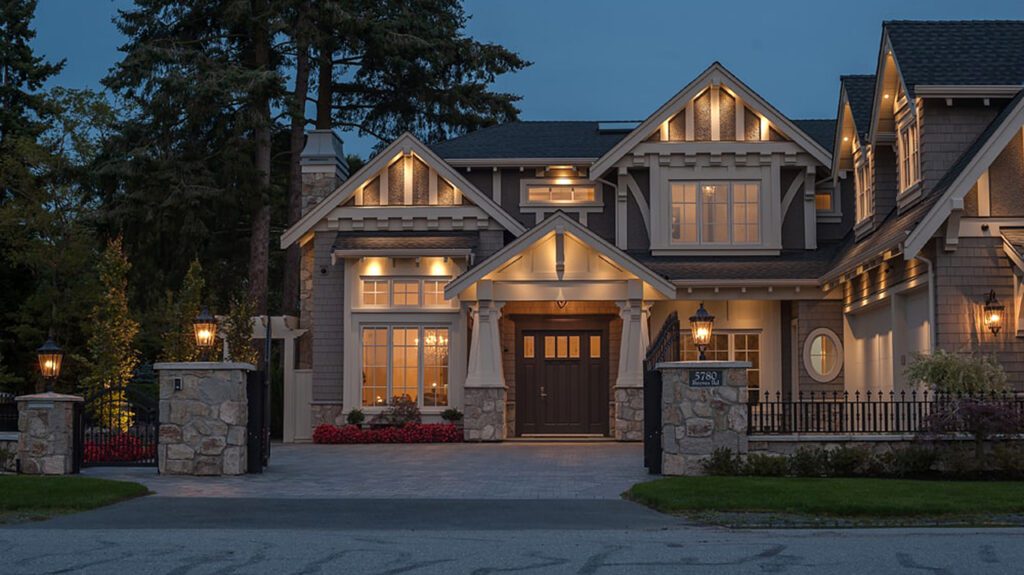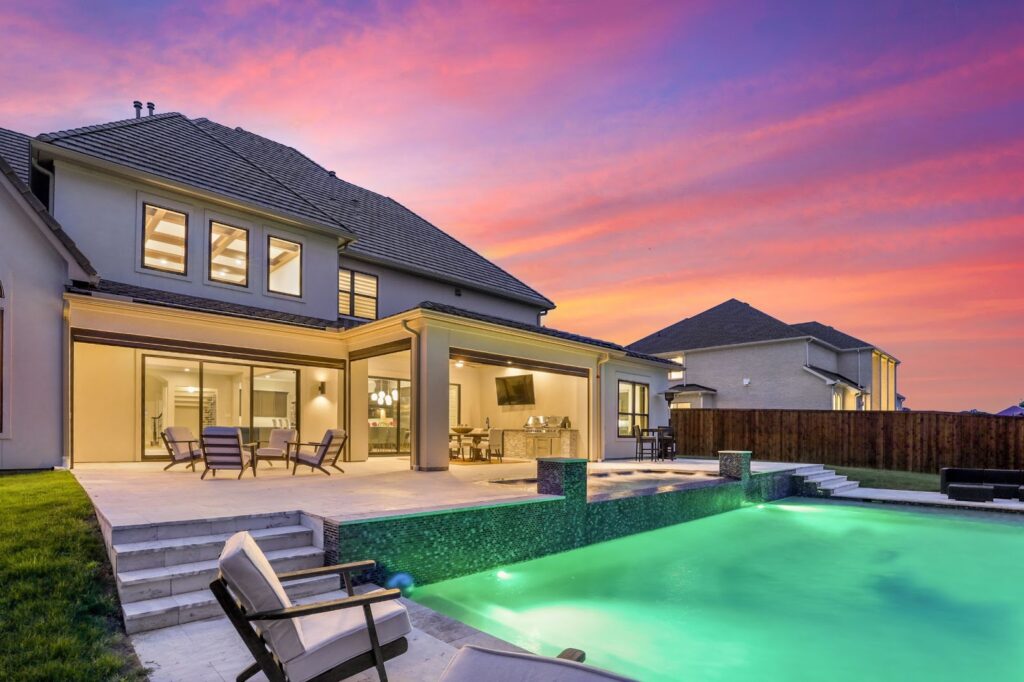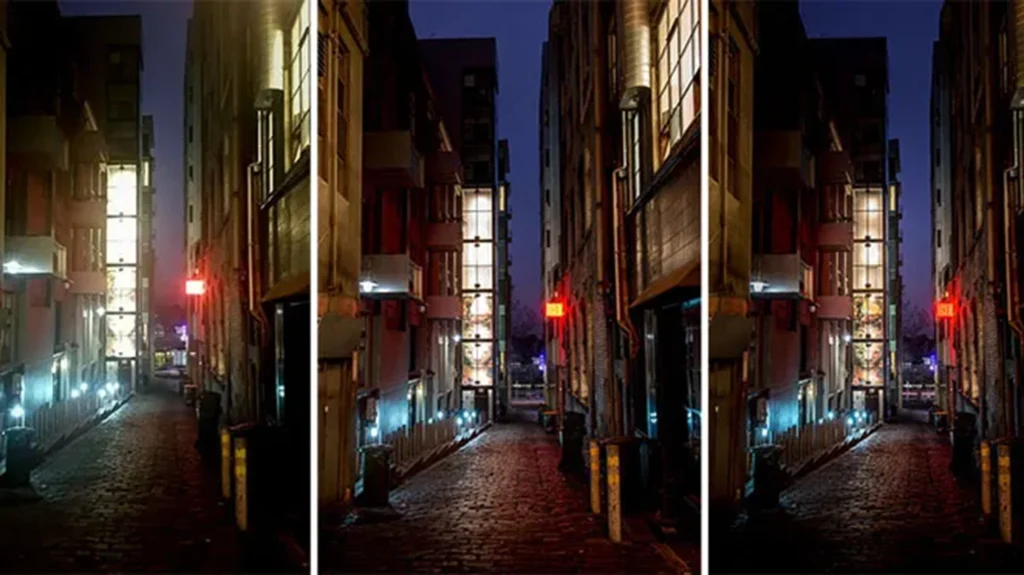

Introduction
Navigating the delicate balance of twilight real estate photography requires more than just a keen eye; it demands mastery of your camera settings. In this guide, we delve into the nuances of capturing stunning twilight shots that will elevate your real estate photography game.
1. Understanding Twilight
Before we delve into camera settings, let’s grasp the essence of twilight. This magical time, occurring between sunset and darkness, offers a unique blend of natural and artificial light. Mastering this moment can transform your real estate photos.
2. The Golden Hour Advantage
Embrace the golden hour during twilight for warm, soft lighting that bathes your subject in a captivating glow. Adjust your shooting schedule to capture this ethereal ambiance.


3. White Balance Wizardry
Set your white balance to “daylight” or “shade” to enhance warm tones during twilight. Avoid auto white balance as it may neutralize the desired warm hues.
4. ISO for Low Light
In low-light conditions, such as twilight, increase your ISO to maintain proper exposure without compromising image quality. Experiment to find the right balance between brightness and noise.


5. Wide Aperture Magic
A wide aperture (low f-number) allows more light into your lens, crucial for twilight photography. Use it to create a shallow depth of field, emphasizing your subject against the evolving dusk.
6. Shutter Speed Dance
Strike a balance with shutter speed. A slower speed captures ambient light, while a faster one freezes subjects. Experiment to find the optimal speed for your twilight scenes.
7. Bracketing Brilliance
Implement bracketing to capture a range of exposures. This aids in post-processing, ensuring you have the flexibility to refine your images and highlight details in both shadows and highlights.


8. Tripod Stability
As light diminishes, stabilize your camera with a tripod. This allows for longer exposures without the risk of blurriness, ensuring the utmost clarity in your twilight shots.


9. Spotlight on Composition
Pay extra attention to composition during twilight. Leverage the contrast between the fading daylight and emerging artificial lights for visually striking images.


10. Gradual Flash Transition
Gradually introduce flash as darkness descends to balance artificial and natural light. This technique prevents harsh shadows and enhances the overall quality of your twilight real estate photos.
11. Post-Processing Finesse
After capturing your twilight shots, finesse them in post-processing. Adjust exposure, enhance colors, and fine-tune details to bring out the full potential of your images.


12. Experiment with Silhouettes
Twilight offers a perfect backdrop for silhouette photography. Experiment with capturing intriguing property silhouettes against the twilight sky for a dramatic effect.
13. Ethereal Reflections
Leverage reflective surfaces during twilight. Water features, glass, and polished surfaces can beautifully capture the changing sky, adding depth to your real estate photos.


14. Dusk to Night Transition
Embrace the gradual transition from dusk to night. Experiment with settings to seamlessly capture the evolving tones and textures as twilight gives way to the serene beauty of the night.


15. Consistency in Twilight Photography
Consistency is key. Develop a standardized approach to your twilight real estate photography settings, ensuring a cohesive and professional portfolio.


Conclusion
Mastering twilight real estate photography is an art that combines technical expertise with a creative eye. By understanding and implementing the right camera settings during this enchanting time, you can elevate your real estate photos to new heights, captivating potential buyers and setting your listings apart.
FAQs
FAQs
1. Can I use a smartphone for twilight real estate photography?
While smartphones have advanced cameras, a DSLR or mirrorless camera provides greater control over settings, crucial for mastering twilight photography.
2. How do I avoid overexposure during the golden hour?
Adjust your camera settings to balance the exposure. Experiment with ISO, aperture, and shutter speed to find the perfect equilibrium.
3. Is it necessary to use a tripod during twilight photography?
A tripod is highly recommended for twilight photography, especially in low-light conditions. It ensures stability and prevents camera shake during longer exposures.
4. What is the best post-processing software for twilight real estate photos?
Popular choices include Adobe Lightroom and Capture One. Experiment with different software to find the one that best suits your editing style.
5. Can I achieve twilight photography with artificial lighting alone?
While artificial lighting is essential, the unique ambiance of twilight is best captured by combining artificial and natural light. Strive for a harmonious balance between the two.








